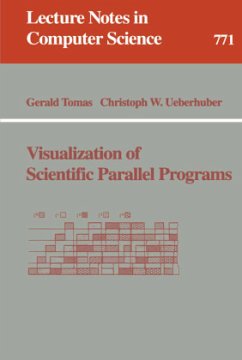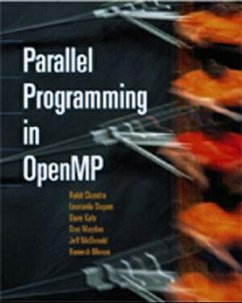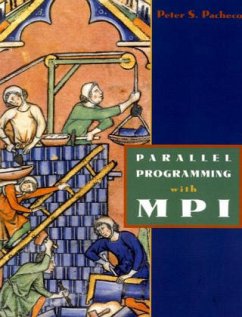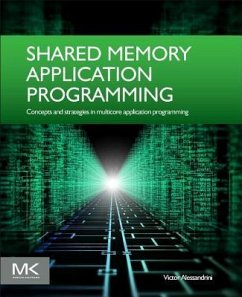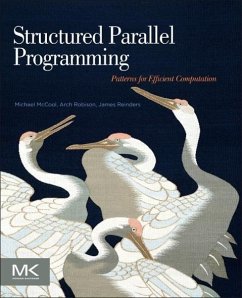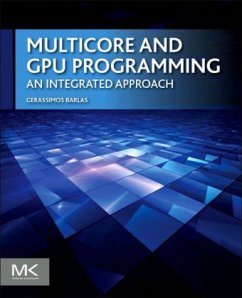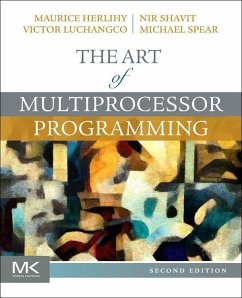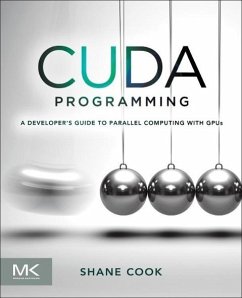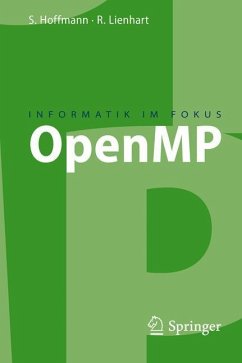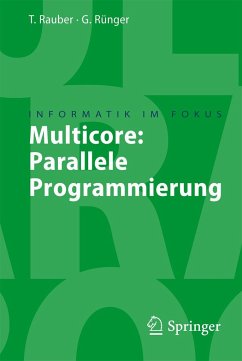
An Introduction to Parallel Programming
Versandkostenfrei!
Versandfertig in 6-10 Tagen
63,99 €
inkl. MwSt.

PAYBACK Punkte
32 °P sammeln!
With the advent of widely available clusters and multicore processors, parallel programming is no longer just for specialists. Many colleges and universities are integrating parallel programming into their computer science curricula; and because of the increase in availability of parallel hardware, many programming professionals now need to learn parallel programming. An Introduction to Parallel Programming meets their needs. Designed to be accessible to an undergraduate and novice audience, this book explains the hands-on development of parallel programs using MPI-1, Pthreads, and OpenMP. For...
With the advent of widely available clusters and multicore processors, parallel programming is no longer just for specialists. Many colleges and universities are integrating parallel programming into their computer science curricula; and because of the increase in availability of parallel hardware, many programming professionals now need to learn parallel programming. An Introduction to Parallel Programming meets their needs. Designed to be accessible to an undergraduate and novice audience, this book explains the hands-on development of parallel programs using MPI-1, Pthreads, and OpenMP. For students and practicing professionals, An Introduction to Parallel Programming shows how to design, debug, and evaluate the performance of distributed and shared-memory programs. User-friendly exercises teach readers how to compile, run and modify example programs.



